Grasping the Challenge and the Opportunity
WHA Building Safety Series: Rancho Mission Viejo Case Study
The risk of wildfire continues to threaten California homes and residents. Eight of California’s top 20 wildfires have occurred in the last six years, burning 8,512 structures. In response, insurance companies are raising premiums, not issuing any new home insurance policies, or dropping Californians all-together from their existing plans. However, preventative measures can be taken to protect our communities from fire danger. Rancho Mission Viejo (RMV) has been proactive in planning to reduce the risk from fire danger.
Rancho Mission Viejo works with their partners at the state and local level to provide safe preventative communities for California homes. WHA has been an active part of that team, working on many communities in Rancho Mission Viejo. Fernando Laullon, Bob Wilhelm, and Phillip Cardon each have many years of experience with RMV, and they’ve shared their insight and expertise with me.
RMV’s final master planned community, called simply The Ranch, will have more than 14,000 housing units on over 22,000 acres, while much of the project area will remain undeveloped and managed in its natural condition. The Ranch Plan Fire Protection Program (RPFPP) was approved in 2007. This plan describes ways to minimize and mitigate potential losses from wildfire exposure by protecting the structures and the surrounding areas while working together with the community.
The Ranch utilizes the latest construction technology to protect their communities from fire danger. These protections include Class-A Fire rated roofs, residential fire sprinklers, underground project utilities, ember and fire-resistant vents, double paned windows or added shutters, and enclosed eaves. The Ranch Plan also ensures ongoing compliance with any new state requirements which may soon include maintaining five-foot ember resistant zones around the home (including the fence) and noncombustible six inches at the bottom of exterior walls.
The communities at The Ranch are also protected by careful land planning strategies. Each planning area has multiple arterial highway access points for vehicle ingress and egress. Perimeter roadways are also used as a strategy to modify the fuel for potential fires. Fuel modification zones located directly adjacent to private parcels are required to be 110 feet wide, with the first 70 feet irrigated and the next 40 feet thinned and maintained. The Ranch communities are also planned around the natural topography in such a way to create fire buffers around homes and defensible lines for fire fighters.
Courtesy of the Ranch Plan Fire Protection Program (RPFPP)
The final key component to the RPFPP is the ongoing collaboration and engagement from The Ranch community. Neighborhoods are inspected annually to confirm compliance with approved plant types, vertical and horizontal grouping and spacing, replanting dead and dying vegetation, and the removal of undesirable species. The Ranch Plan outlines new fire stations as well as funding for fire equipment and fire fighters for a rapid response.
Rancho Mission Viejo is an example of how master planned communities can be proactive in responding to the threat of fire danger. At WHA, we appreciate both the challenge and the opportunity that The Ranch has set by striving to meet this goal and we will continue to work with them to help them achieve it.
Sources:
- CAL FIRE – Wildfire Mitigation Advisory Committee Meeting, April 18, 2023
- Wildland-Urban Interface Planning Best Practices – Ranch Plan Fire Protection Program
- Assembly Insurance Committee & Assembly Emergency Management Committee Joint Informational Hearing – Looking Forward: Insurance and Catastrophe Modeling, June 14, 2023

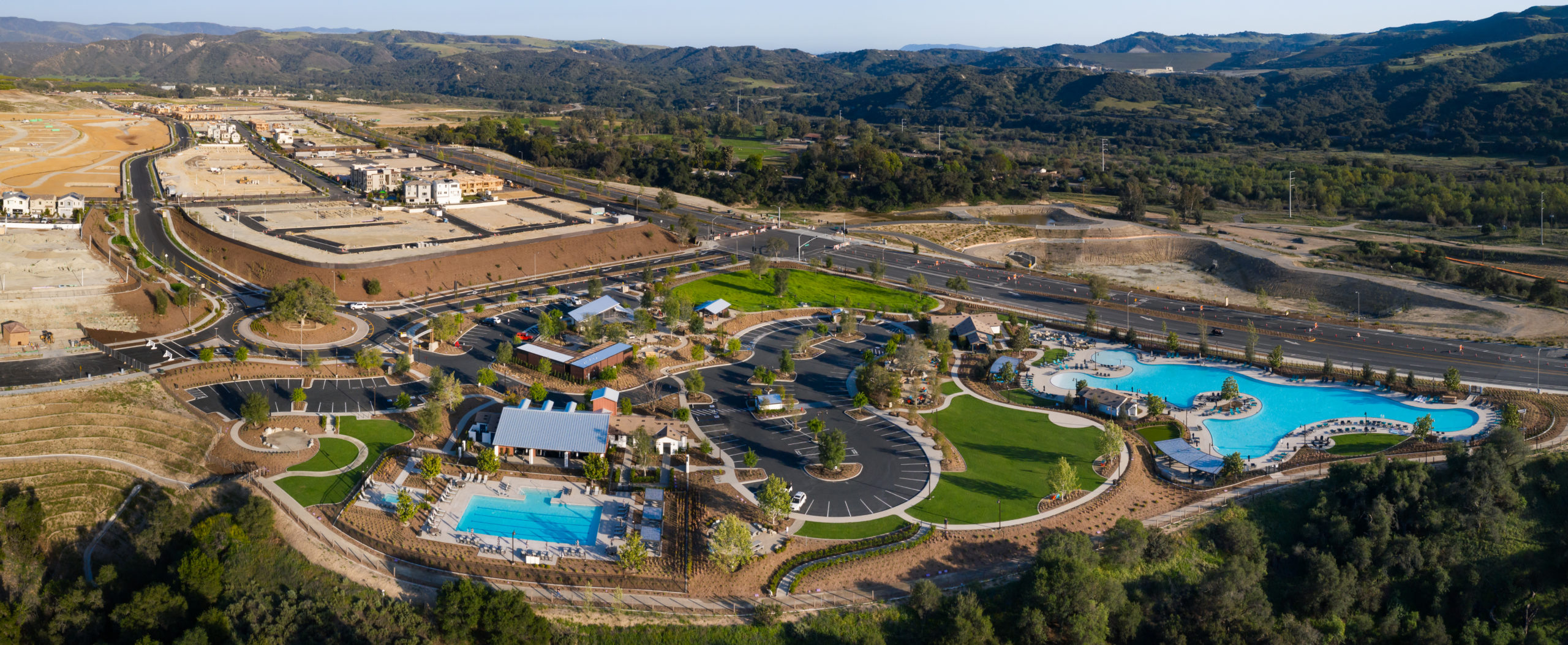
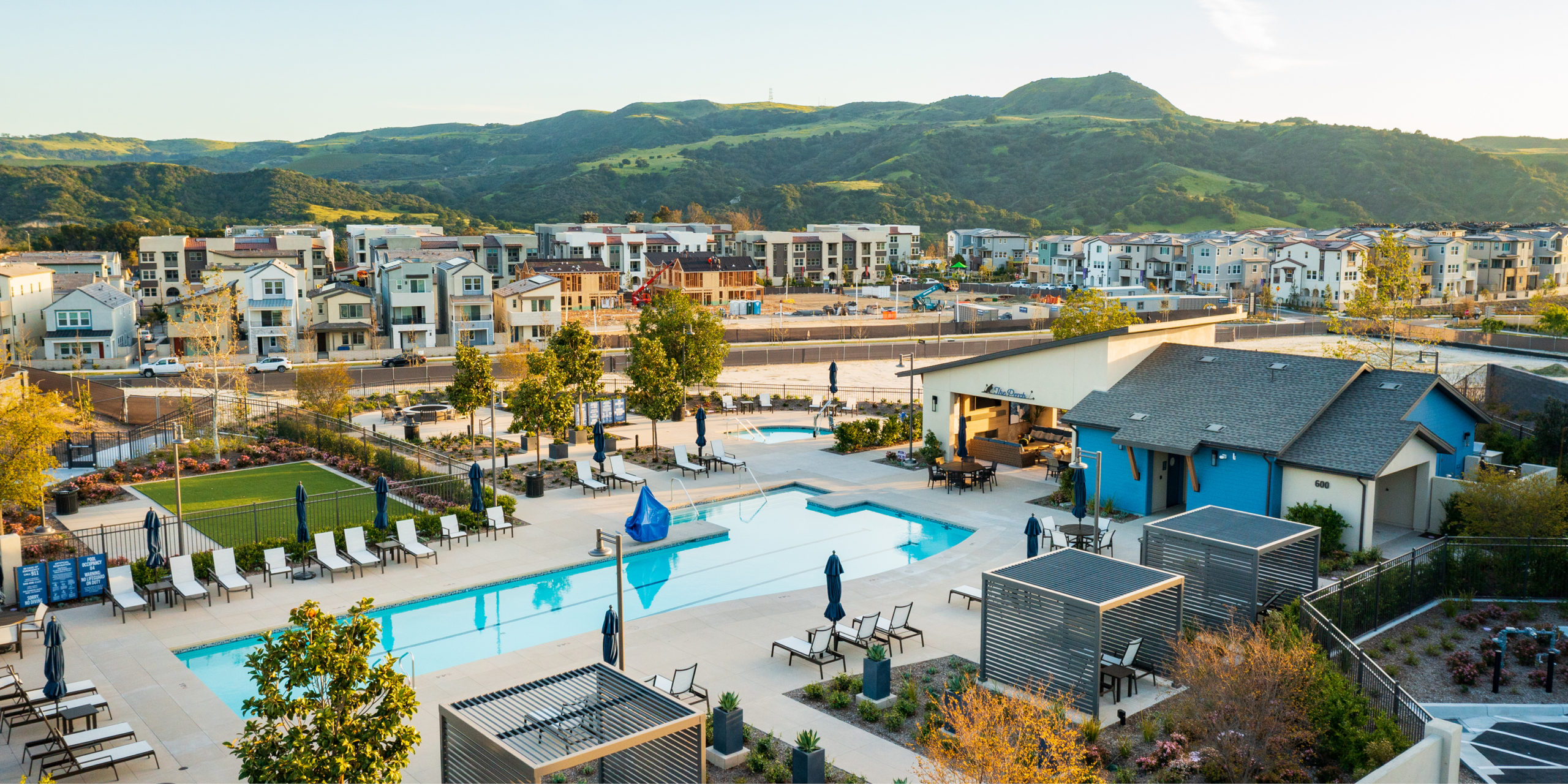
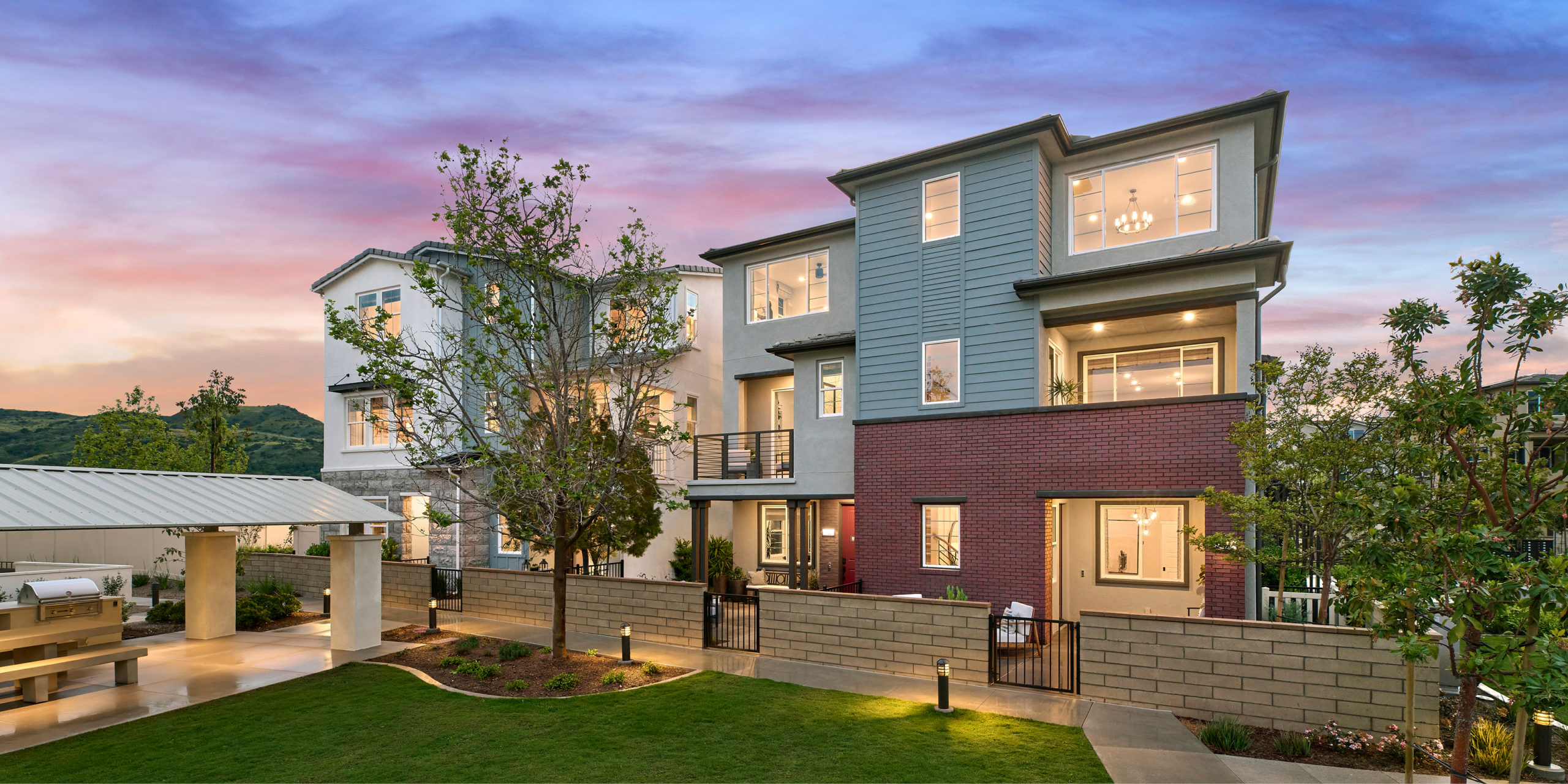
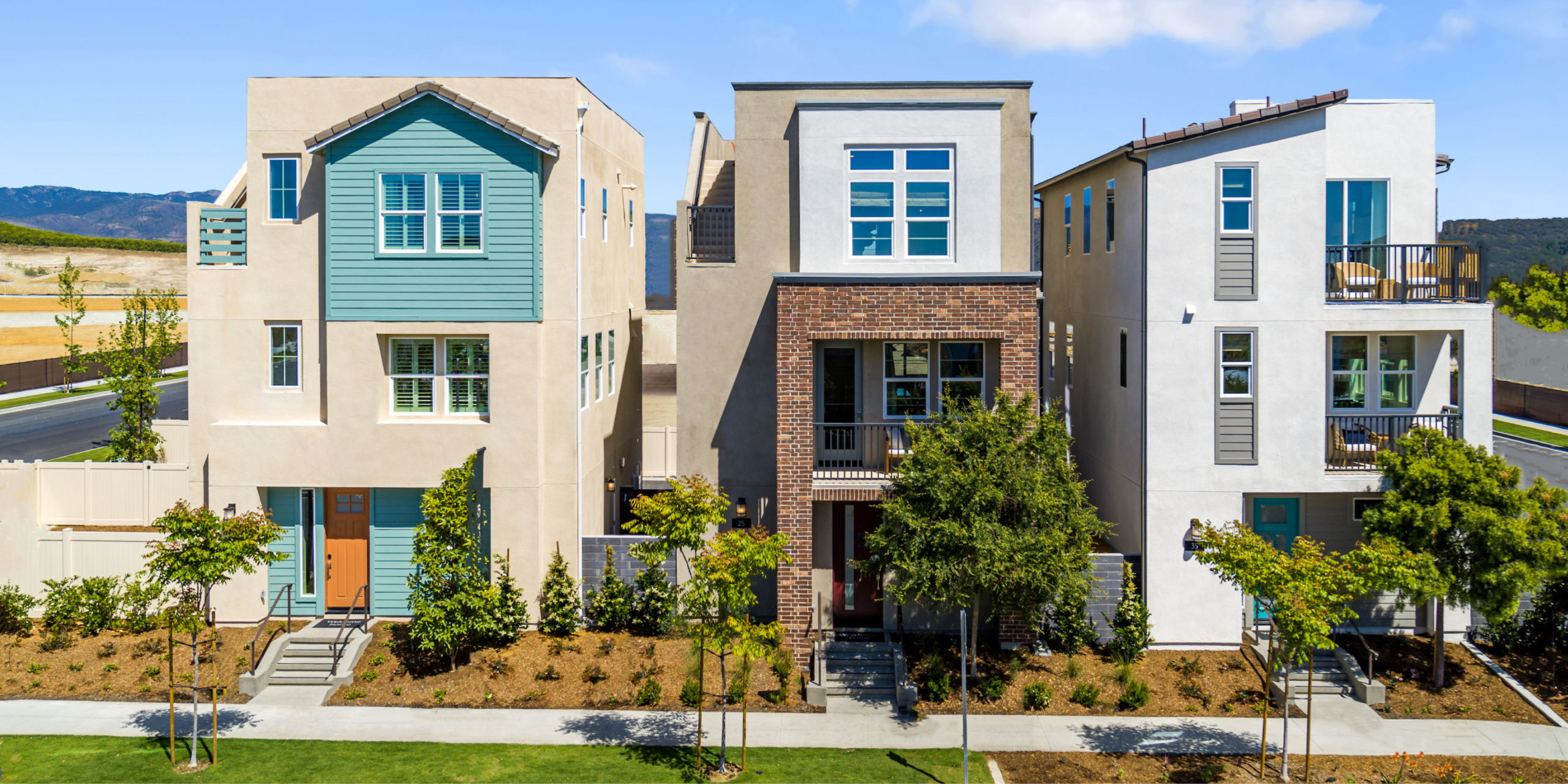
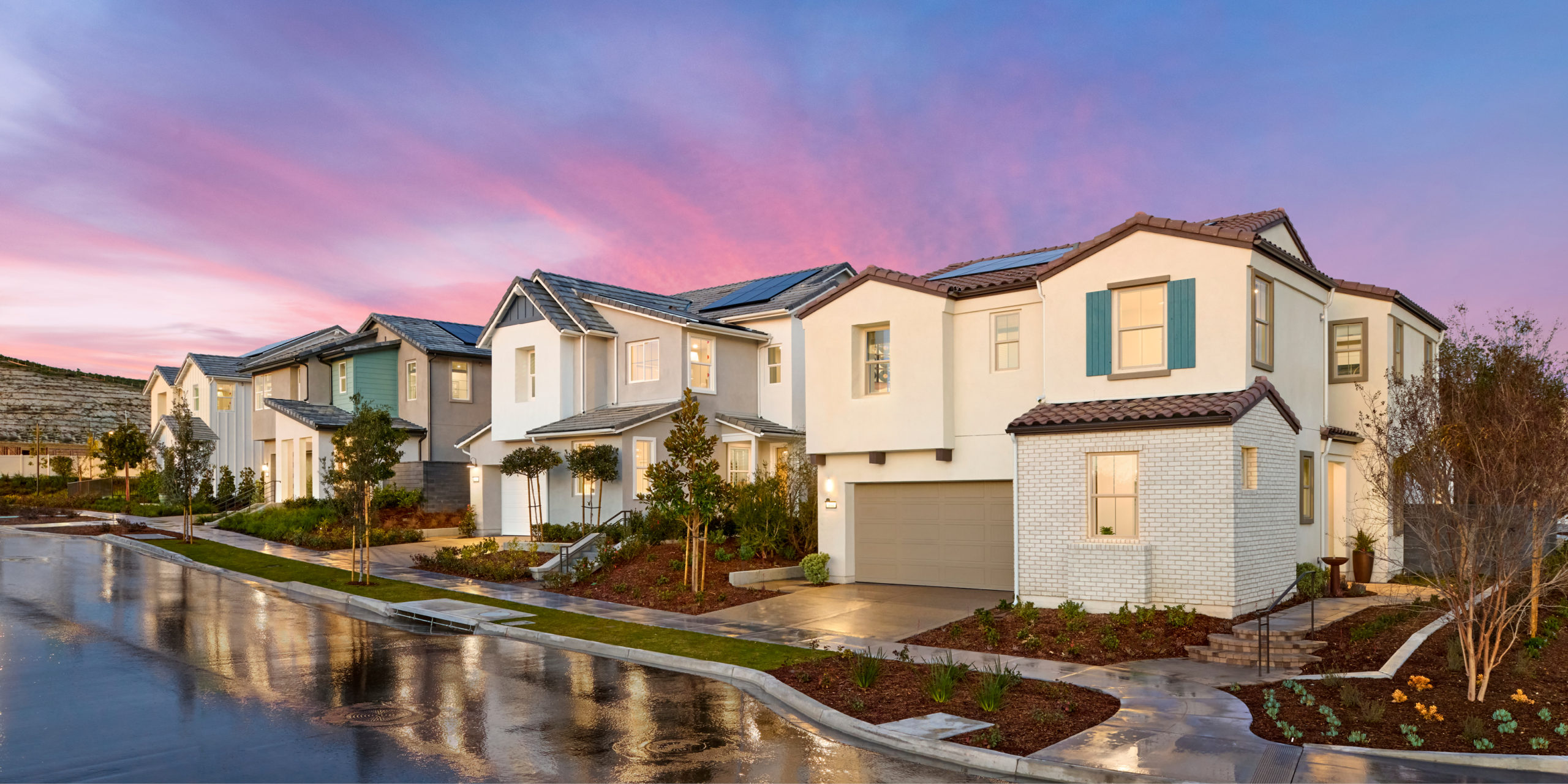
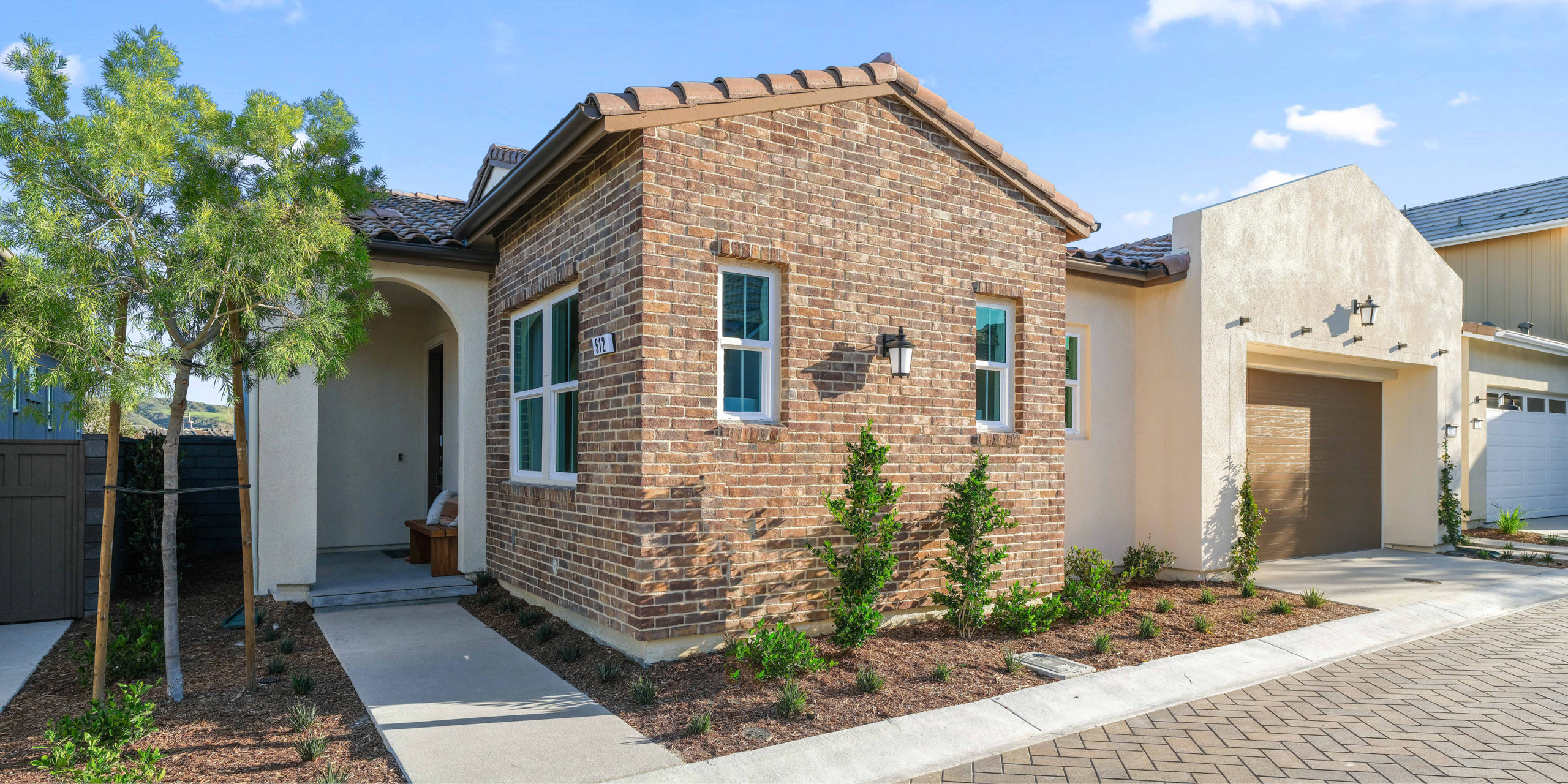
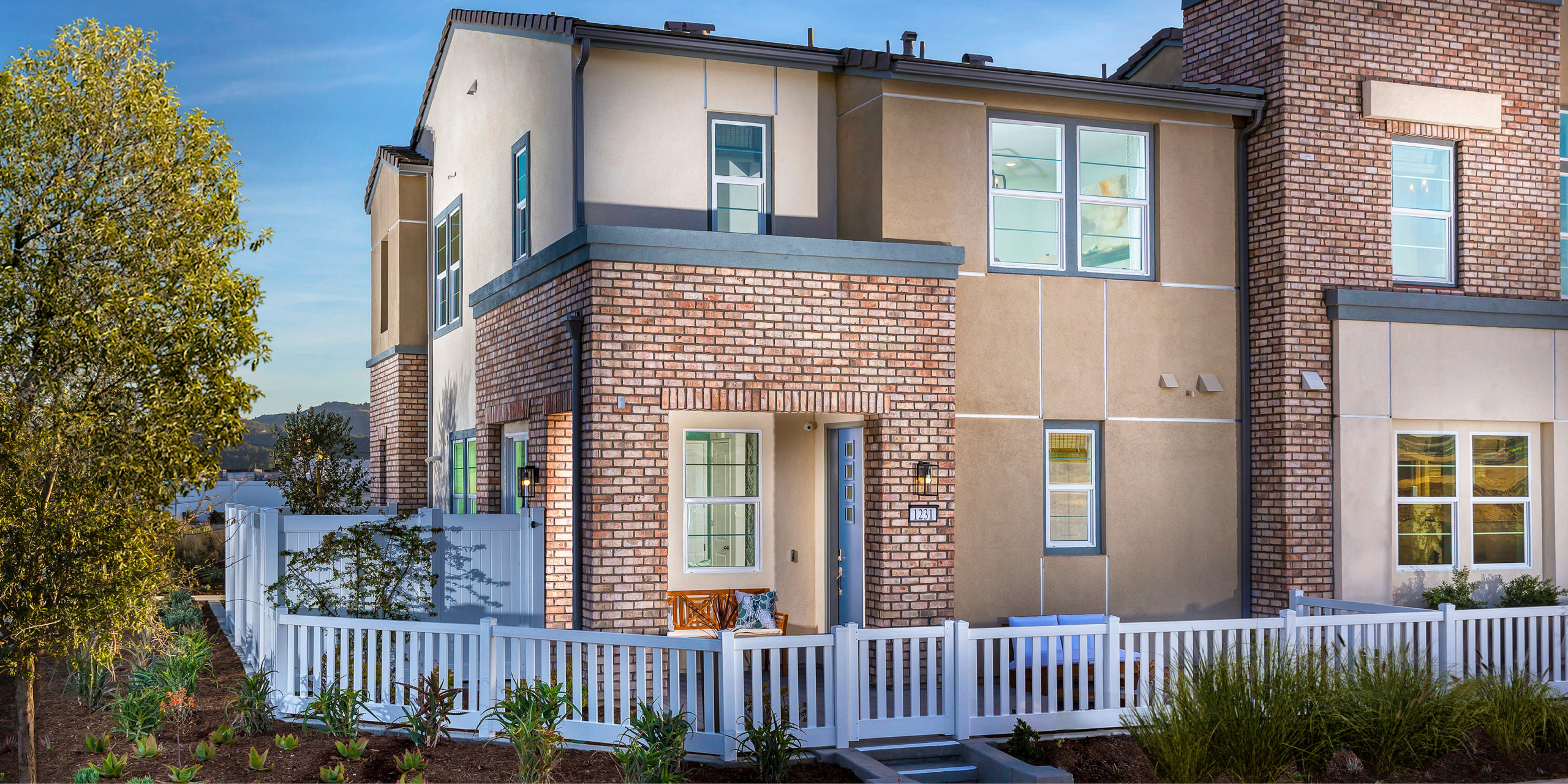
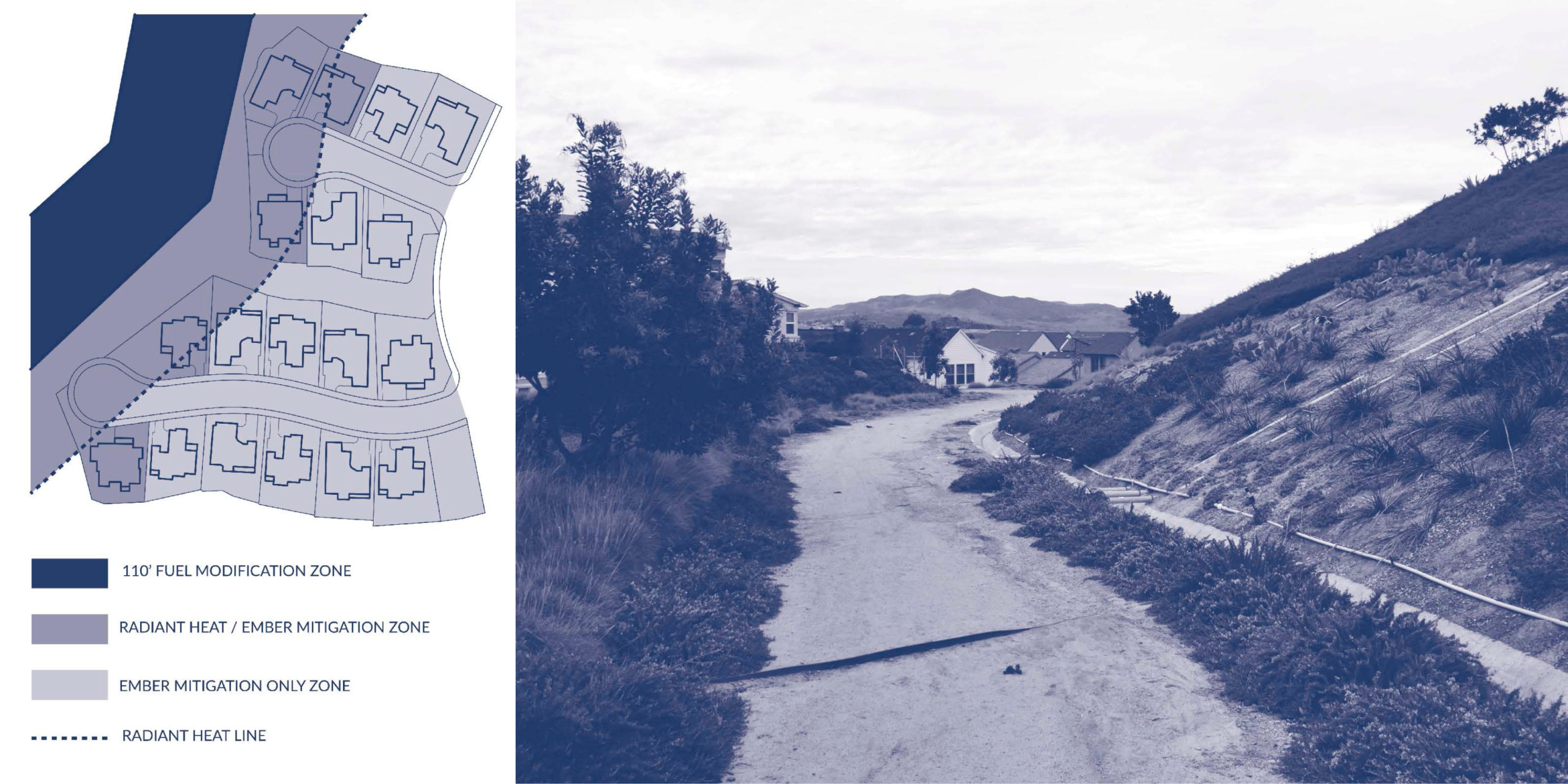
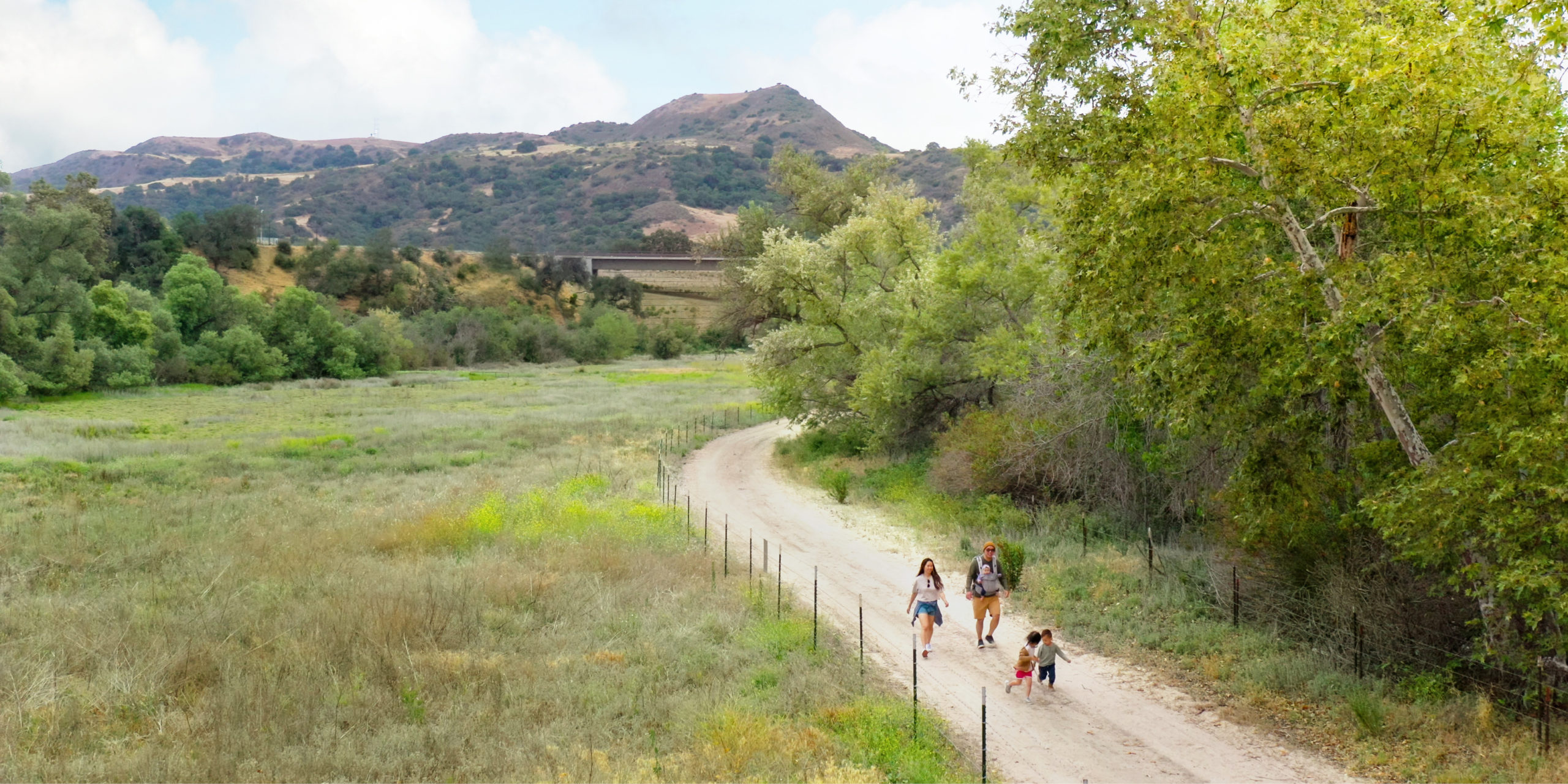



Leave a Reply